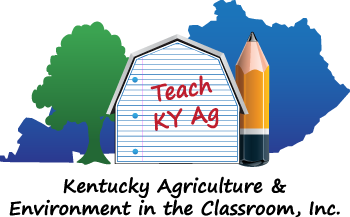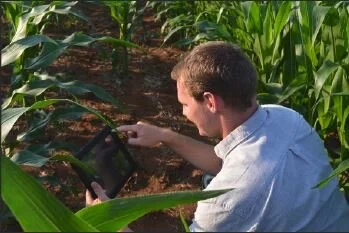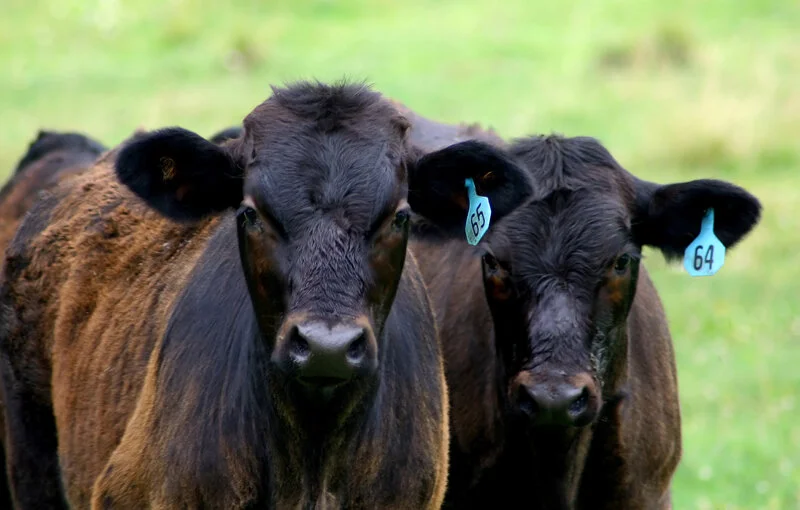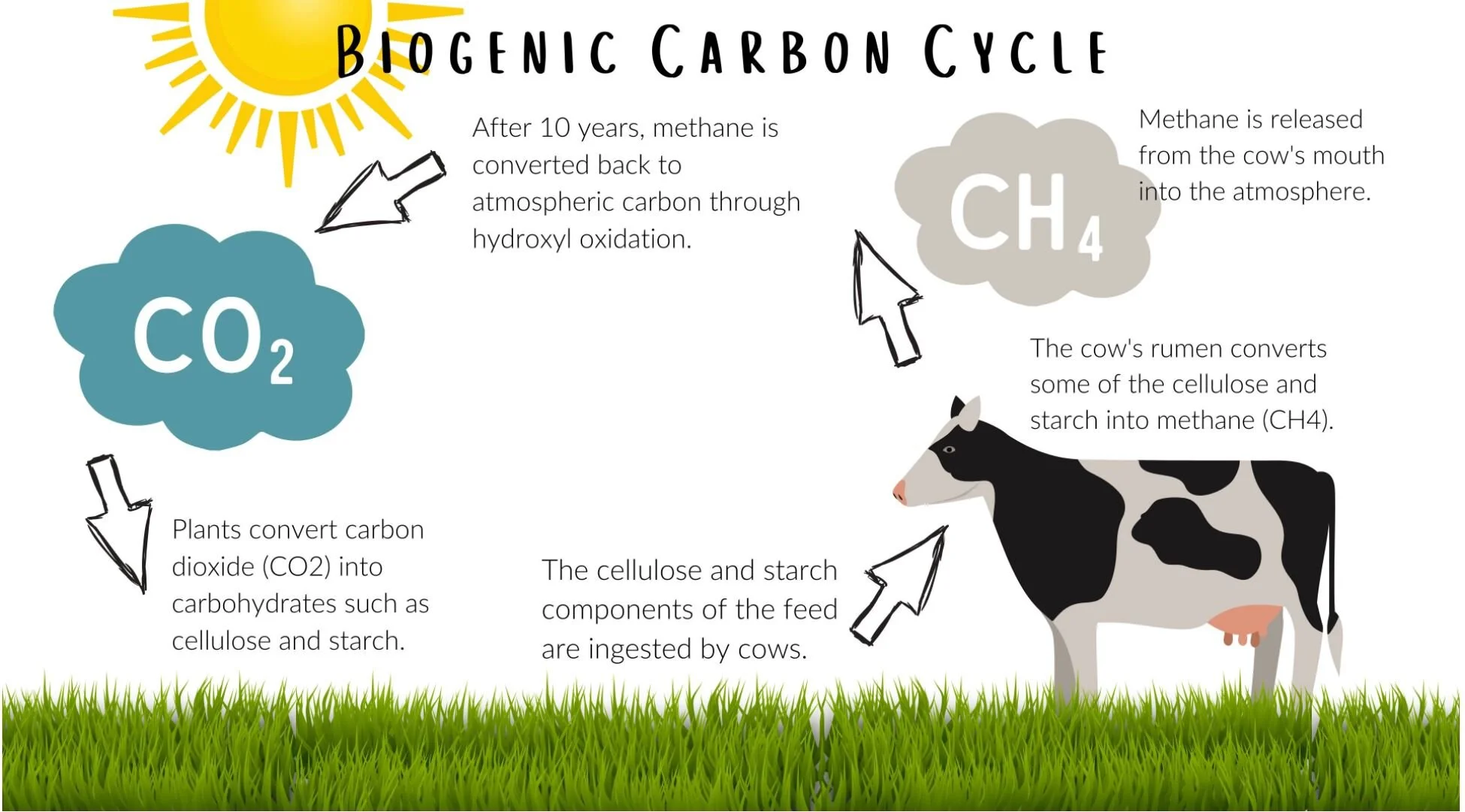View profiles of people who work in Kentucky agriculture, or trained in Kentucky for their career.
Read MoreThis fun activity helps students learn who is responsible for getting milk from the cow to the glass. It also teaches interdependence.
Read MoreSettlers first brought cattle to Kentucky in 1775, with aid from famed explorer Daniel Boone. Since that time, cattle farming has played an important role in Kentucky’s agricultural economy. In fact, Kentucky farmers raise more beef cattle than any other state east of the Mississippi River!
Read MoreStudents will explain the importance of the beef cattle industry, including the products cattle produce, the production process from farm to plate, and how cattle can utilize and obtain energy from grass and other forage.
Read MoreKentucky kids visit a beef cattle farm and have many questions. Kentucky has the largest number of beef cattle east of the Mississippi River due to the high quality grasses and forages that grow here. Most all Kentucky beef cattle spend the majority of their lives on pasture.
Read MoreGRADES: 3+ Cash Cow takes students on a journey of caring for a herd of beef cattle in hopes they will maximize their profits at the end of the game. Sponsored by the Kentucky Cattlemen's Association and Kentucky Beef Council.
Read MoreLearn about agriculture and farming in your community by choosing the county where you live.
Read MoreIn this lesson, students will follow the farm to fork process of producing beef, learn how cattle and other ruminants convert grass into nutrient-rich foods such as milk and meat, discover ways cattle recycle food waste, and identify careers in the beef cattle industry.
Read MoreStudents will explore the carbon cycle and evaluate the carbon footprint of cattle. Using critical thinking skills, students will use the Claim, Evidence, and Reasoning model to determine the effect of cows’ methane production on the environment and investigate the extent cattle contribute to climate change.
Read MoreStudents will compare the components of beef and plant-based burgers by determining the production and processing methods of each product; evaluate the ingredients and nutritional differences between beef and plant-based products; and discuss different points of view in the agricultural industry concerning plant-based proteins and traditional beef.
Read MoreStudents will evaluate the USDA grading system for whole cuts of beef and discuss consumer preferences and nutritional differences between grain-finished and grass-finished beef. Students will also distinguish various labels on beef products and discuss reasons for the government’s involvement in agricultural production, processing and distribution of food.
Read MoreLearn about careers at a racetrack.
Read MoreFind career descriptions and education requirements related to horse sales and entrepreneurship.
Read MoreLearn the minimum requirements, salary, and descriptions for several jobs in horse management and sales.
Read MoreCooper is now the Farm Manager of Mt. Brilliant Farm in Fayette County, Ky. The farm, which is over 1,200 acres, offers boarding and sales prep, and owns horses in training and actively racing, as well.
Read MoreHaving grown up riding and showing horses and then visiting Saratoga Race Course at the age of 6, New York native Carrie Gilbert knew that she was wanted to work horses—and not just horses: racehorses.
Read MoreDr. Natalie Heitz is an Associate Veterinarian at Northrup Equine Veterinary Care, where she specializes in treating horses. Her usually starts in the early morning at the racetrack followed by afternoons of farm calls. She may also visit race tracks during the racing season.
Read MoreHorse trainer Jordan Blair, of Lexington, prepares and conditions Thoroughbred horses for their racing careers. His day starts around 4:30 a.m., arriving in the barn to check on all the horses and employees.
Read MoreDr. Jimmy Henning is an extension professor and forage specialist at the University of Kentucky College of Agriculture, Food, and the Environment. His main job is to help students and farmers understand how to manage their grasses and hays to feed their grazing livestock.
Read MoreAs an animal/equine nutritionist, Dr. Coleman works on making specific horse feed recipes. To do his job, he needs to know the nutrient needs of all kinds of horses and the different feedstuffs that will supply those nutrients to the horses.
Read More




















